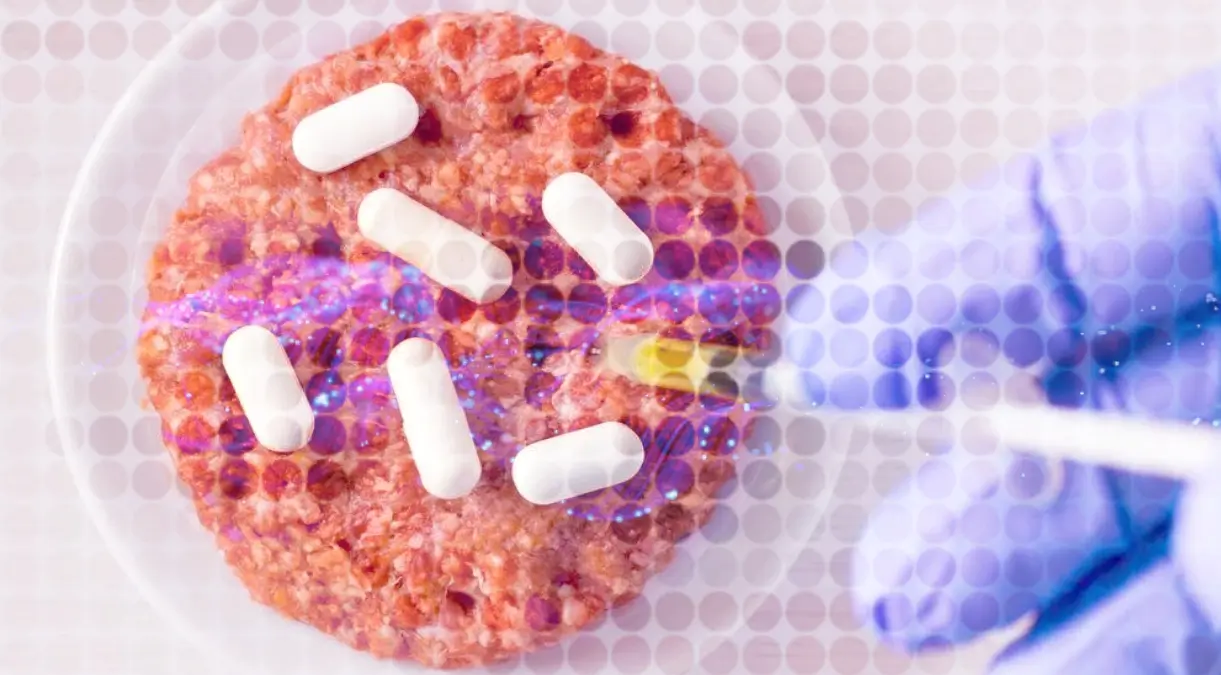Read part 1 before continuing part 2
Antibiotic overuse in animal husbandry can result in the development of antibiotic-resistant bacteria, which can be passed to humans via the food chain. This can result in severe infections that can be difficult or impossible to cure with medications, increasing the likelihood of illness, hospitalisation, and death. Furthermore, using antibiotics in animal husbandry can lead to antibiotic residue contamination of soil and water, raising the risk of antibiotic resistance. The medications as antibiotics used to treat bacterial illnesses. It can either kill germs or stop their growth and it is not commonly thought of as being in the food chain.
Studies examining the use of antibiotics in fishery and poultry production, as well as the potential to have negative outcomes.
- The US FDA discovered in 2013 that a significant poultry producer had been using antibiotics at levels that could have resulted in the emergence of germs resistant to antibiotics. Antibiotics had not been licenced for use in chickens. This sparked worries about the possibility of antibiotic resistance spreading from food animals to people.
- A 2016 investigation discovered that fish farms in Vietnam were utilising antibiotics in methods that could result in the development of antibiotic-resistant bacteria in fish and people who consume the fish. The researchers discovered that the fish farms were utilising antibiotics at levels several times higher than recommended, as well as drugs considered crucial for human health.
- According to a 2017 investigation by the UK’s The Guardian newspaper, several shrimp farms in Thailand were employing antibiotics that were illegal in the UK and other nations, and prawns were sold to major UK shops. Antibiotic use can lead to the evolution of antibiotic-resistant microorganisms, as well as affect the environment and human health.
Antibiotic use in animal husbandry has been connected to the emergence of antibiotic-resistant microorganisms, which can endanger human health. Here are several examples:
- In 2018, a multistate epidemic of Salmonella illnesses was connected to raw turkey products in the United States. There were 356 confirmed illnesses and one fatality as a result of the outbreak. Several of the samples tested had antibiotic-resistant strains of Salmonella, implying that the use of antibiotics in turkey production may have contributed to the spread of the infection.
- Antibiotic-resistant E. coli bacteria identified in chicken meat: In 2019, an Indian investigation discovered that more than 90% of the chicken meat sold in retail establishments contained antibiotic-resistant E. coli bacterium.
- Superbugs in seafood: A 2019 study found bacteria that are antibiotic-resistant in seafood samples taken from Thai market areas. Samples included shrimp, squid, and fish. According to a study, the usage of antibiotics in aquaculture may have contributed to the proliferation of bacteria that are resistant to them.
- Methicillin-resistant Staph aureus (MRSA) on pig farms Staphylococcus aureus (MRSA), an antibiotic-resistant bacterium, can cause life-threatening infections in humans. According to a Dutch study, MRSA is primarily acquired from pig farms and can be transmitted to humans either directly or indirectly through the environment.
- Infections contracted while hospitalised: Over use of antibiotics in healthcare facilities has resulted in the development of antibiotic-resistant bacteria, which can result in serious infections that are challenging to cure.
- Agricultural practises: The widespread use of antibiotics in agriculture to boost livestock growth and stave against sickness can result in the development of antibiotic-resistant bacteria in animals, which can then be passed on to people through the food chain.
These are just a few examples of the harmful consequences of the overuse of antibiotics in various contexts. Research shows that using antibiotics in animal husbandry can have harmful impacts on human health, including the growth of bacteria that are resistant to medicines.
Antibiotic-resistant bacteria pose a serious hazard to public health due to their frequent overuse with misuse in both people and animals. Antibiotic resistance can be developed when antibiotics are used improperly, such as when they are recommended for viral diseases or utilised as growth boosters in animal feed. This may make bacterial infections more challenging to cure and increase morbidity and death. To help stop the growth of antibiotic-resistant bacteria, it is crucial to use antibiotics sparingly, only when necessary, and to adhere to the recommended dosing and treatment regimens.

Article last updated on 5th June, 2023
By Rajdeep Dam


Leave a Reply